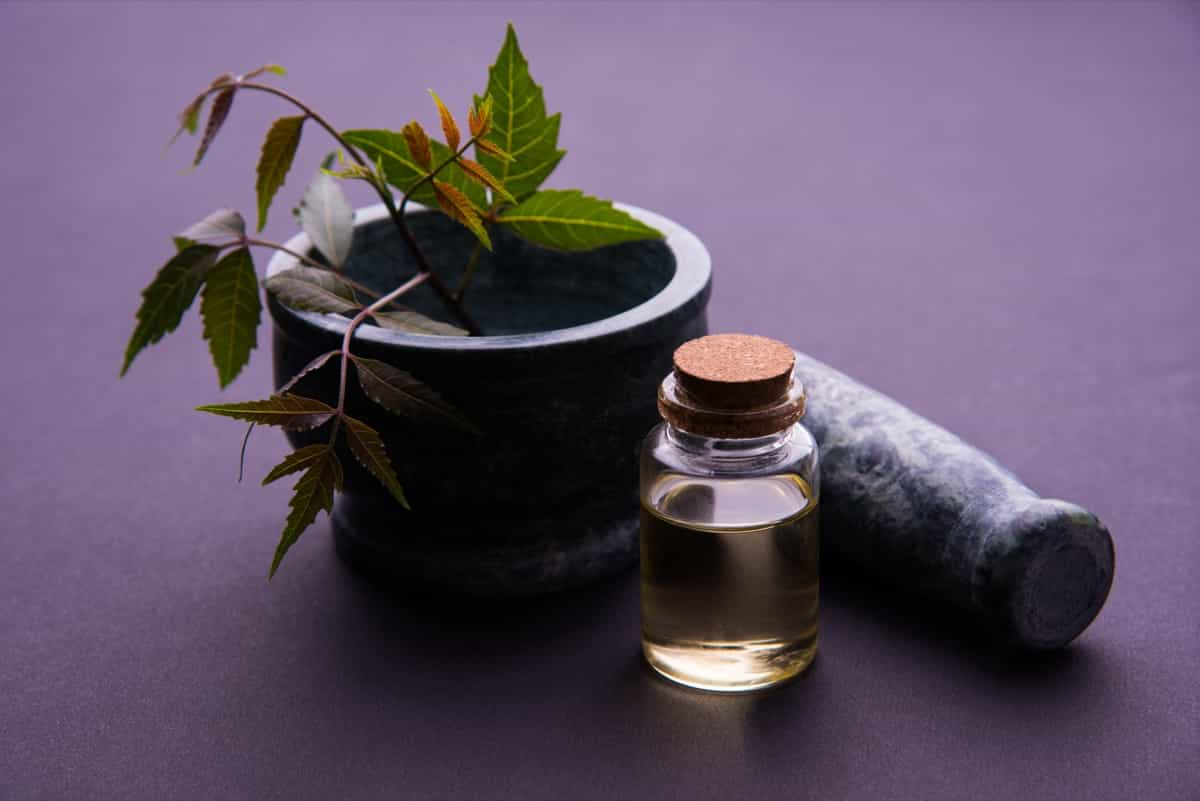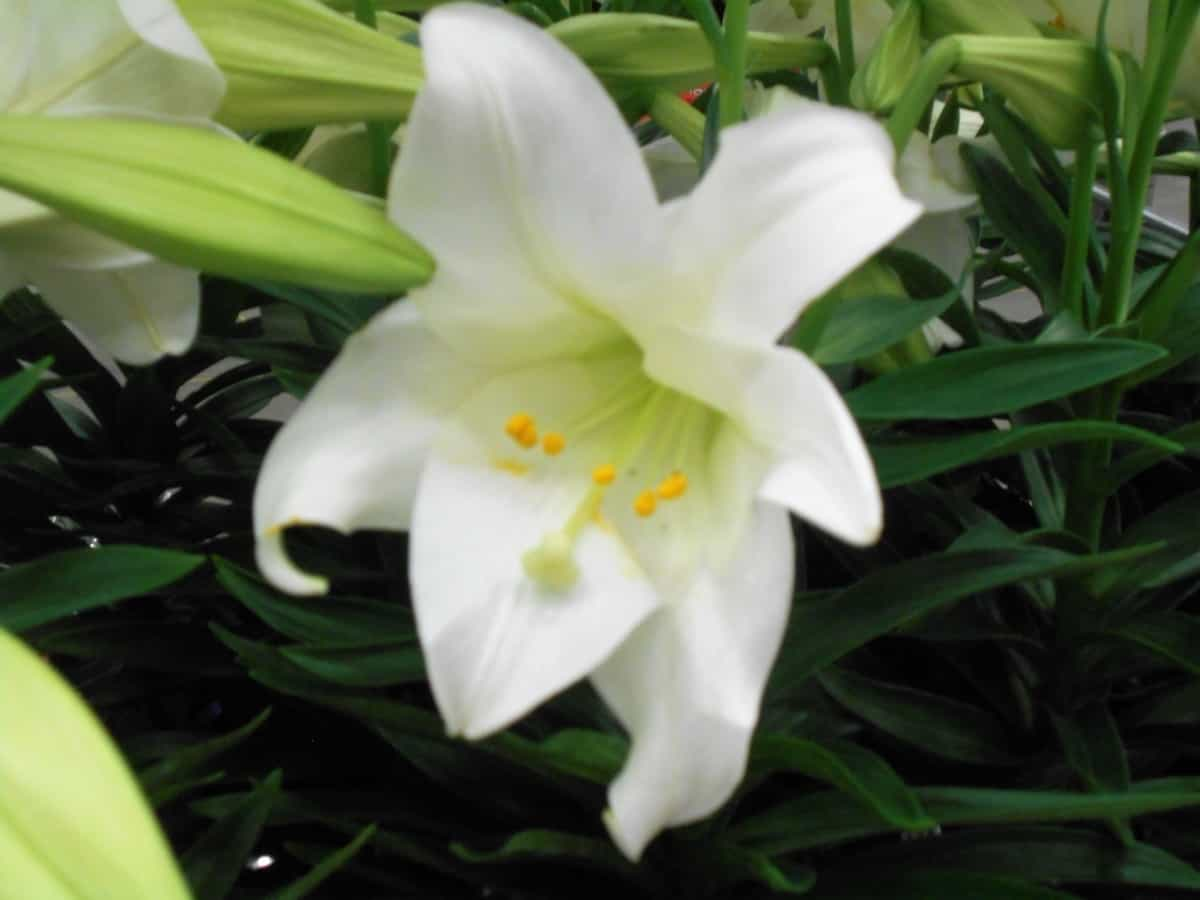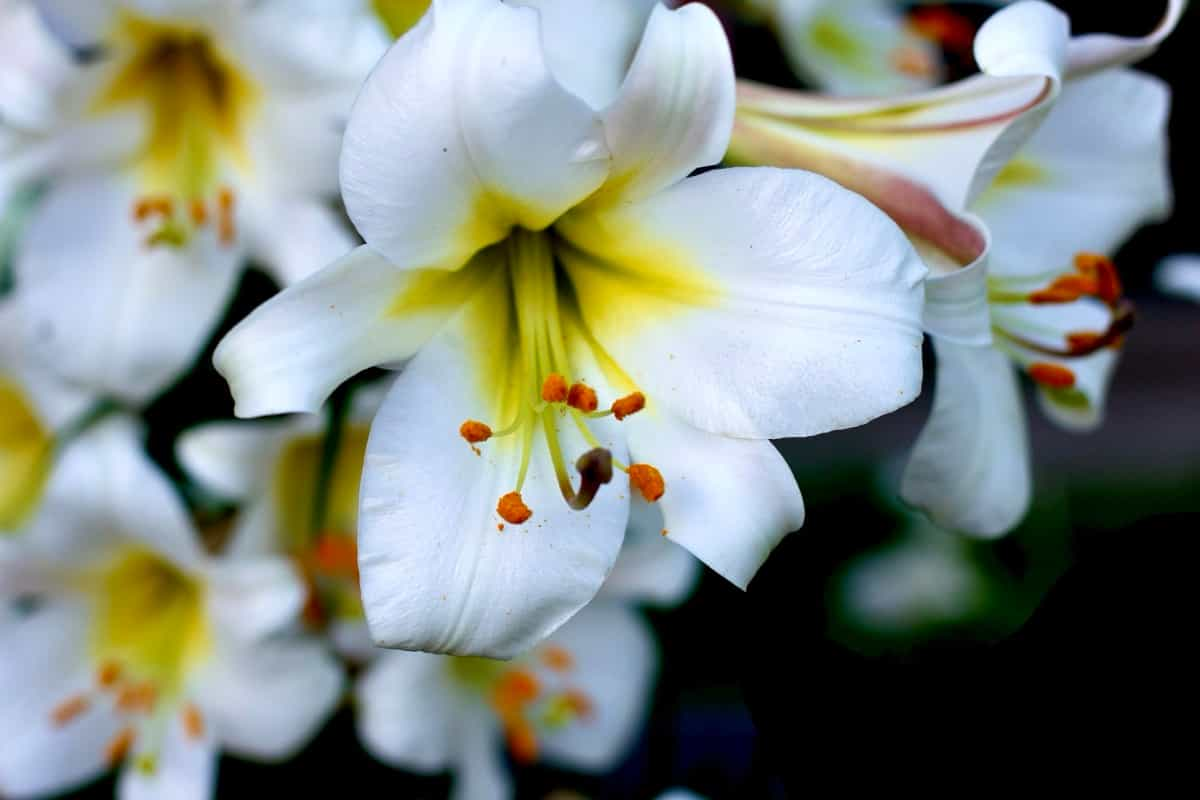Neem oil has gained popularity as a natural and effective solution for controlling pests on Lily plants. This organic oil offers several benefits that make it an ideal choice for gardeners looking to protect their precious Lilies without resorting to harmful chemicals. Neem oil acts as a powerful insect repellent.

Its strong odor repels a wide range of common garden pests. By creating a barrier on the leaves of your Lily plants, neem oil makes it difficult for these insects to settle and feed on them. Neem oil is known for its antifungal properties. It can help prevent diseases like powdery mildew and black spot that often plague Lily plants. Regular application of neem oil can create an inhospitable environment for fungal spores to thrive.
Furthermore, neem oil also possesses antibacterial qualities. This means that it not only protects your Lilies from pest infestations but also helps prevent bacterial infections that may weaken or kill your plants. Using neem oil on your Lily plants promotes overall plant health. Its natural compounds act as plant strengtheners by improving nutrient absorption and increasing resistance against environmental stresses.
How to Use Neem Oil on Lily Plants
How to Prepare Neem Oil for Use on Lily Plants
Neem oil is a fantastic natural solution for dealing with pests on Lily plants. But before you can use it effectively, you need to know how to prepare the neem oil mixture. To begin, gather your supplies – neem oil, water, and a spray bottle. Start by diluting the neem oil in water according to the instructions. This will ensure that you achieve the right concentration for your Lily plants.
Next, pour the diluted neem oil into the spray bottle. Make sure to secure the cap tightly so that there are no leaks or spills during application. Shake well to mix everything thoroughly. It’s important to note that neem oil should be used immediately after preparation as its effectiveness diminishes over time. So, only do as much as you need for one application.
How to Apply Neem Oil on Lily Plants
Applying neem oil on Lily plants is a simple and effective way to get rid of pests naturally. To begin, you’ll want to make sure you have prepared the neem oil properly. Start by mixing the recommended amount of neem oil with water in a spray bottle. Next, it’s time to apply the neem oil mixture to your Lily plants. Make sure to thoroughly coat leaves, as well as any stems or flowers that may be affected by pests.
In case you missed it: Propagating Peace Lily from Cutting: A Step-By-Step Guide

When applying the neem oil, take care not to oversaturate the plant. A light misting should be sufficient for most cases. It’s important to note that different concentrations of neem oil may be required depending on the severity of pest infestation. For minor issues, a lower concentration can be used, while higher concentrations are needed for more stubborn problems.
Can Neem Oil Be Used on All Lily Plant Varieties?
When using neem oil on your beloved Lily plants, you might be wondering if this natural solution is suitable for all varieties. Neem oil can be used on most types of Lilies, including Asiatic, Oriental, and Trumpet Lilies. Neem oil disrupts the feeding and reproductive patterns of pests like aphids, spider mites, and whiteflies. These creatures can wreak havoc on your beautiful Lily plants by sucking sap from the leaves or spreading diseases.
By applying a diluted neem oil solution to your Lilies regularly, you can effectively control pests without harming beneficial insects. However, it’s important to note that some sensitive Lily varieties may have adverse reactions to neem oil. It’s best to test a small area of your plant before treating the entire plant with neem oil.
How Long Does Neem Oil Stay Effective on Lily Plants?
Neem oil is a natural remedy for pests and diseases on Lily plants. It’s important to note that neem oil is not a quick-fix solution. It disrupts the life cycle of pests and inhibits their ability to feed and reproduce. This means that it may take some time for the effects to become noticeable. Typically, neem oil remains effective for about one to two weeks after application. However, this can be influenced by environmental conditions such as rainfall or intense heat. Rainfall can wash away the oil from the plant leaves, reducing its efficacy.
Using Neem Oil in Combination with Other Pest Control Methods for Lily Plants
When it comes to protecting your precious Lily plants from pests, using neem oil alone may not always be enough. Sometimes, combining neem oil with other pest control methods can provide an even stronger defense. One effective combination is using neem oil in conjunction with natural predators or beneficial insects. Ladybugs and lacewings are known to feast on aphids, which are a common pest of Lilies. By releasing these helpful bugs into your garden, you can create a natural balance that keeps aphids at bay.
Additionally, practicing good cultural practices such as proper watering and fertilization can help strengthen the overall health of your Lily plants. Another method that complements neem oil is companion planting. Some herbs like Basil and Marigold have natural repellent properties against certain pests. Planting these alongside your Lilies can act as a deterrent and reduce the chances of an infestation.
Some Common Pests and Diseases That Neem Oil Can Control on Lily Plants
One of the most common pests that neem oil can combat is aphids. These tiny insects love to feast on the tender leaves and buds of Lily plants, causing damage and stunting growth. Neem oil works by suffocating these pesky bugs, preventing them from further infesting your beautiful blooms. Another troublesome pest that neem oil can tackle is spider mites. These minuscule arachnids are known for spinning fine webs and sucking the sap out of plant leaves, leading to yellowing foliage and poor overall health.
In case you missed it: How to Grow and Care for Lilac Bonsai: Planting, Repotting, and Pruning

Applying neem oil regularly can help keep these pests at bay. Fungal infections are also no match for neem oil’s power. This common disease appears as a white powdery coating on leaves, inhibiting photosynthesis and impeding healthy growth. By applying neem oil as a preventive measure or at the first signs of infection, you can effectively control powdery mildew on your Lily plants.
How to Monitor the Effectiveness of Neem Oil on Lily Plants
Monitoring the effectiveness of neem oil on Lily plants is crucial to ensure that your pest control efforts are successful. Keep an eye out for any visible signs of improvement or decline in the health of your Lilies. Look for changes in foliage color, growth rate, and overall vitality. If the pests were affecting the leaves or buds, check if there are fewer damaged areas or new growth appearing.
Additionally, regularly inspect your plants for any symptoms of pests returning or spreading. Check both sides of leaves and stems for eggs, larvae, or adult insects. Monitor closely if there’s a reduction in pest population over time. Another way to monitor effectiveness is by observing how nearby beneficial insects react to the treated Lily plants. Neem oil should not harm beneficial insects such as bees and ladybugs; their presence indicates that your treatment is selective towards harmful pests while sparing helpful ones.
Safety Precautions to Take When Using Neem Oil on Lily Plants
When using neem oil on Lily plants, it’s important to take some safety precautions. Always wear protective clothing when applying neem oil. This includes gloves, long sleeves, and pants. Make sure to apply neem oil during calm weather conditions. Windy days can cause the spray to drift onto other plants or even into nearby water sources.
In case you missed it: 9 Common Problems With Canna Lily Plants: Treatment and Solutions

So, choose a day with a little breeze for optimal application. Read the instructions carefully before using neem oil. Different brands may have different guidelines for application rates and dilution ratios. Avoid spraying neem oil on blooming flowers or open blooms, as this could potentially damage them. It’s best to wait until after flowering season or target pests during their dormant stage.
Conclusion
Neem oil is indeed a game-changer when it comes to protecting your precious Lily plants from pesky pests. Its natural properties make it an effective and safe alternative to chemical pesticides. By understanding the benefits of neem oil and identifying common pests that affect Lily plants, you can take proactive measures to maintain their health and beauty. With the step-by-step guide on how to apply neem oil, you’ll be able to easily incorporate this pest control method into your gardening routine.
- Ultimate Guide to Ossabaw Island Hog: Breeding, Raising, Diet, and Care
- Ultimate Guide to Juliana Pig: Raising Facts, Size, Diet, Care, and Lifespan
- Raising Lleyn Sheep: Disadvantages, Price, Uses, Characteristics, and Care
- Ultimate Guide to Meishan Pig: Breed Facts, Breeding, Raising, and Care
- Ultimate Guide to Teacup Pigs: Raising, Diet, Lifespan, Cost, and Care
- Guide to Raising Poll Dorset Sheep: Facts, Profile, Characteristics, Uses, and Care
- Ultimate Guide to Bighorn Sheep: Characteristics, Diet, Lifespan, Breeding, and Lifecycle
- Ultimate Guide to Raising Katahdin Sheep: Farming Facts, Breed Profile, Uses, and Care
- Ultimate Guide to Raising Oreo Cows: Belted Galloways Farming Facts, Profile, Uses, and Care